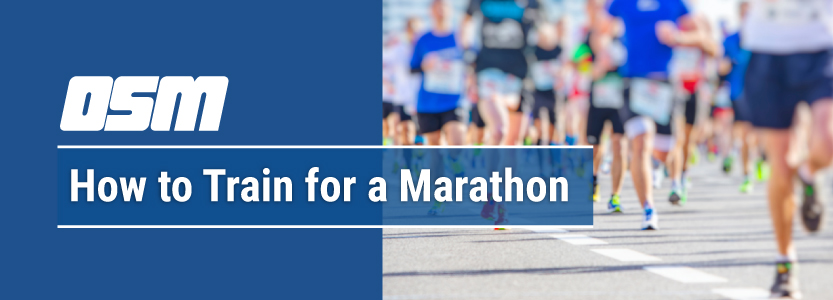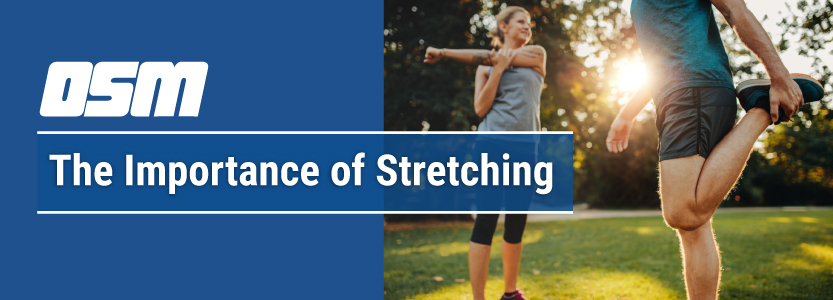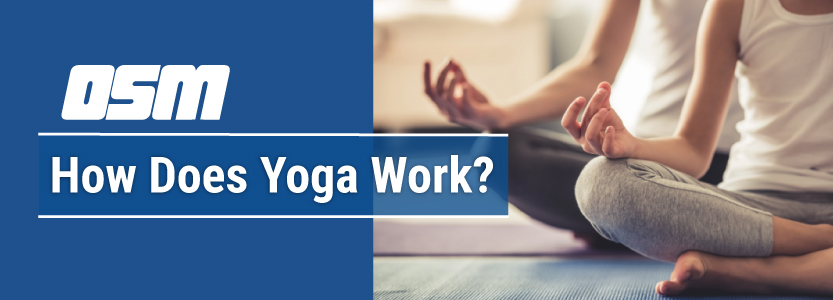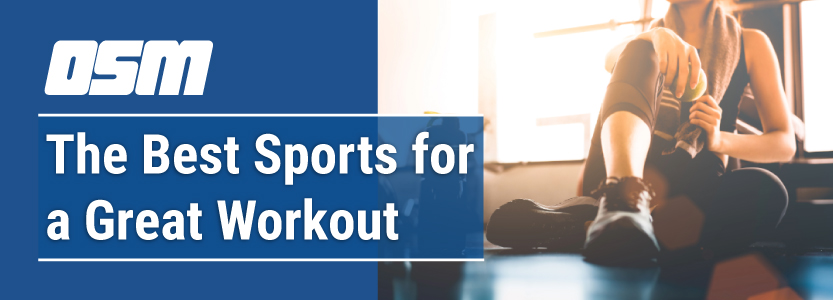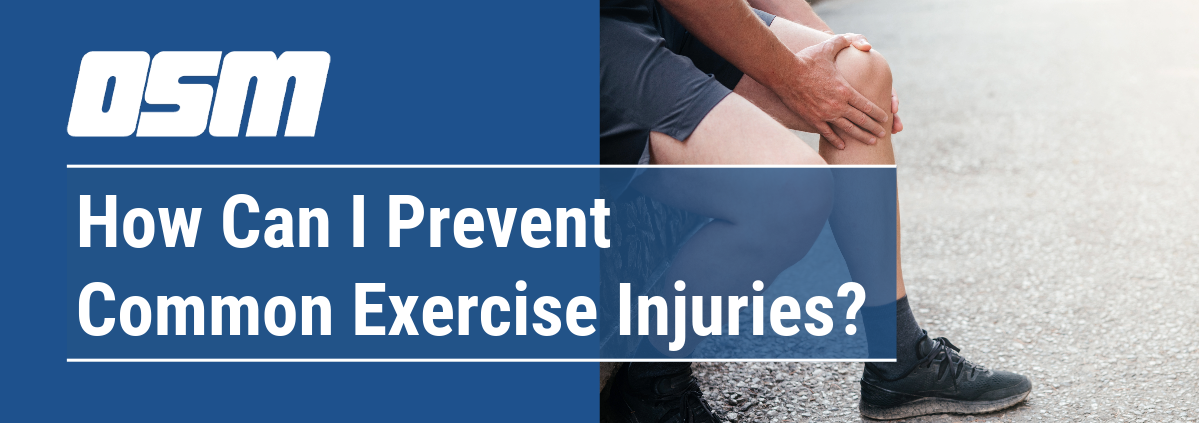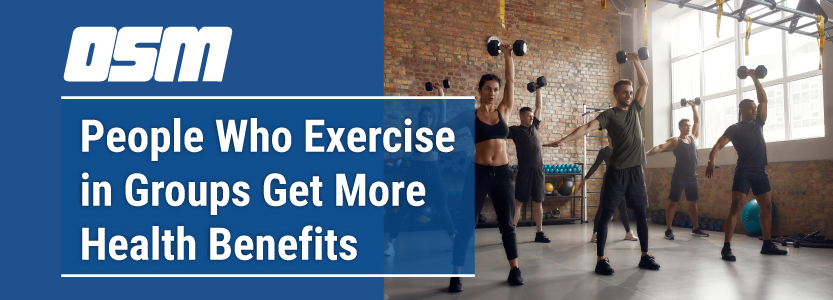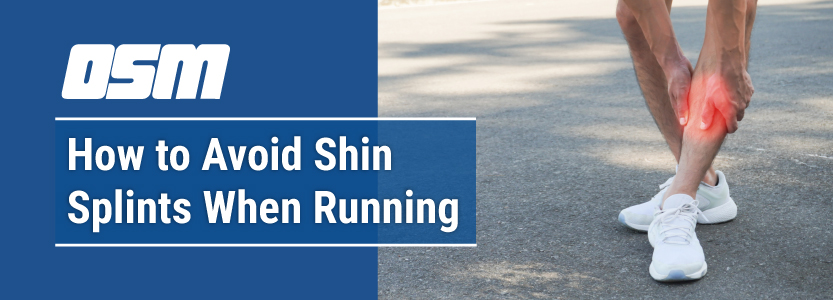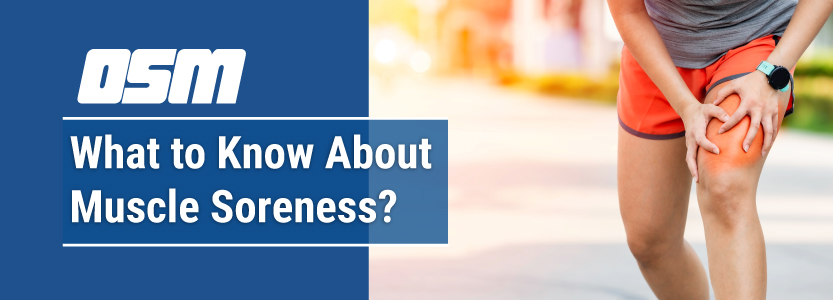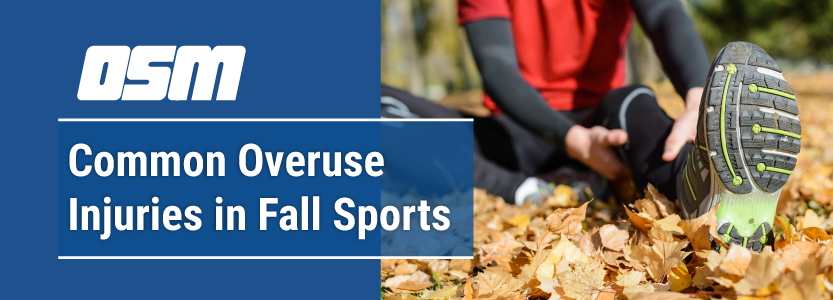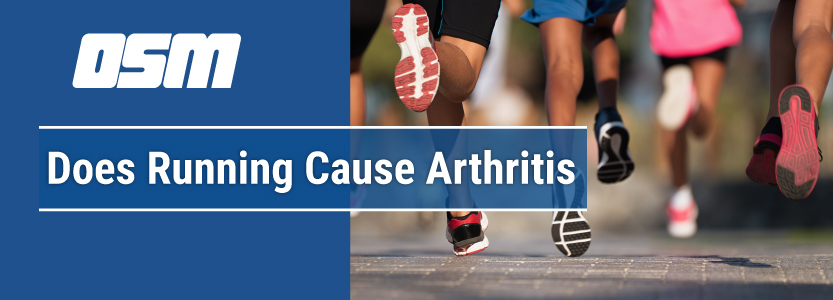How to Train for a Marathon
Article featured on Summit Ortho
It’s one of those big, audacious goals that people sometimes dream of achieving: running a marathon. It’s easy to envision crossing the finish line and raising your arms in victory, having accomplished something that few people dare to try. But how do you learn how to train for a marathon?
“Training for a marathon requires consistency, dedication, and patience. You want to find ways to consistently train, which means planning your runs ahead of time and making sure you prioritize them in your daily schedule. It helps to find other runners who are training for a similar race, so you have people to keep you accountable and help you stay motivated,” Dr. Voight said. “Most importantly, you want to be patient with your training, so you don’t increase too quickly and end up with an injury.”
How long does it take to train for a marathon?
A marathon is a long race — 26.2 miles, to be exact. How do you get started, and how long does it take? How do you know how long to train for a marathon? The general answer is that it takes about 16 to 20 weeks to train for a marathon. This is true whether you’re new to running or are a regular runner already.
Your training plan should include three to five running sessions a week, with low-impact exercise, strength training, and rest on the other days. Keep in mind that you may need to adjust your training schedule if you get sick, have scheduling conflicts, or are battling an injury, so it’s good for your schedule to be flexible.
It’s important to keep your expectations realistic as you train. If you are new to running altogether, your goal should be to complete the race, not to finish in a certain time. You may not be able to run for the whole 26.2 miles, and that’s okay.
Marathon training tips
- Consult your doctor — Before embarking on marathon training, check with your doctor to make sure you’re managing any chronic conditions you have (diabetes or asthma, for example) while you’re training.
- Find a marathon training plan — There are lots of great options online, for everyone from couch potatoes to seasoned runners with a couple of half-marathons under their belts. Search “marathon training plan” to find a good starting point, and then customize it as needed for your life.
- Start slowly — The number-one mistake prospective marathon runners make is to go too fast and too far, too soon. That’s a recipe for injuries, which could derail your training overall. Although starting is exciting, it’s important to remember the old adage: slow and steady wins the race.
- Add strength — We think about marathon running as an endurance sport, which it certainly is. But don’t overlook the importance of strength training in helping you prevent injury and build muscle.
- Listen to your body — The most important marathon training tip isn’t really about running. It’s to listen to your body. If you’re feeling fatigued, take a day off. If something isn’t right, pay attention to your instincts and give your body what it needs.
The Orthopedic & Sports Medicine Center of Oregon is an award-winning, board-certified orthopedic group located in downtown Portland Oregon. We utilize both surgical and nonsurgical means to treat musculoskeletal trauma, spine diseases, foot and ankle conditions, sports injuries, degenerative diseases, infections, tumors and congenital disorders.
Our mission is to return our patients back to pain-free mobility and full strength as quickly and painlessly as possible using both surgical and non-surgical orthopedic procedures.
Our expert physicians provide leading-edge, comprehensive care in the diagnosis and treatment of orthopedic conditions, including total joint replacement and sports medicine. We apply the latest state-of-the-art techniques in order to return our patients to their active lifestyle.
If you’re looking for compassionate, expert orthopedic and podiatric surgeons in Portland Oregon, contact OSM today.
Phone:
Address
1515 NW 18th Ave, 3rd Floor
Portland, OR 97209
Hours
Monday–Friday
8:00am – 4:30pm

